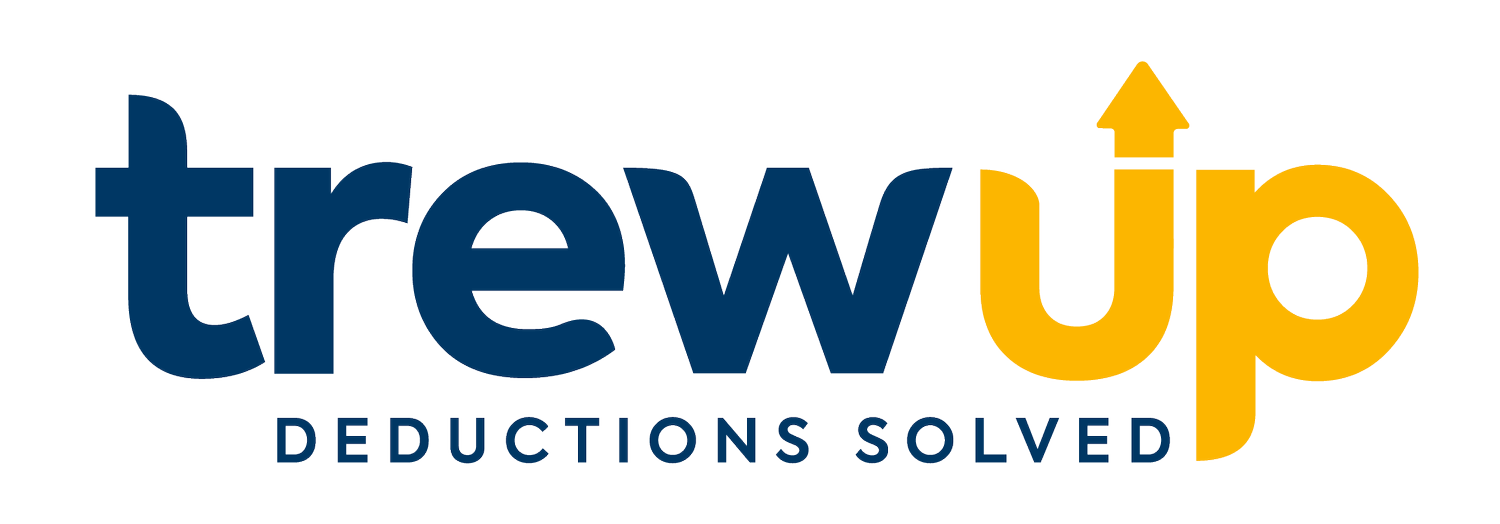Taking a Deep Dive into Trade Spend - All About Sales Data
In today’s hyper-competitive Consumer Packaged Goods (CPG) landscape, the best brands are no longer guessing when it comes to trade spend—they're optimizing every dollar. Trade spend is the second-largest line item on the P&L after the cost of goods sold, yet one-third of all trade dollars are wasted annually. The brands leading the market aren’t letting that happen. They’re implementing data-driven frameworks that eliminate waste, boost profitability, and accelerate growth—and if you’re not doing the same, you’re already behind.
The Trade Spend Maximizer Framework is how industry leaders are pulling ahead. This four-part approach turns scattered data into strategic advantage, and today, we’re breaking down its first critical pillar: Sales Data. If your brand isn’t prioritizing this step, you’re missing out on game-changing insights that could mean the difference between thriving and merely surviving.
Why Sales Data Is Your Competitive Advantage
The best-performing CPG brands have one thing in common: they know exactly where their dollars are going. But for too many companies, sales data remains fragmented, unorganized, and ultimately useless. Without a clear structure, brands are flying blind—leaving massive amounts of money on the table.
The brands at the top are doing it differently. They’re structuring, mapping, and leveraging sales data to track every trade dollar, ensuring it drives measurable growth. If you want to compete, you need to do the same—starting now.
The Four Categories of Sales Data
Inbound Sales
This includes sales to your direct customer—distributors or retailers. These datasets provide high-level insights, showing what’s sold to distributors but often lacking the indirect retailer data points.Outbound Sales
This data comes from distributor partners and reflects sales from distributors to retailers. It offers a clearer picture of growth at the retailer level and is typically accessed through distributor portals or reports.Register Sales
These are direct sales data from retailers, such as Whole Foods Market. They offer granular insights into performance at the point of sale.Syndicated Sales Data
Provided by third-party services like Spins, Nielsen, and IRI, this data complements other datasets, offering broad market insights and performance benchmarks.
Are you tracking all four? Because the best brands are—and they’re making smarter, more profitable decisions because of it.
Three Ways Leading Brands Are Turning Sales Data into Trade Spend Wins
Tracking the Right Metrics
Identifying indirect retailers and outbound sales trends
Mapping products and units sold to retailer chains
Using list prices (not wholesale) for accurate trade spend calculations
Mastering Data Mapping
Winning brands go granular. They align store-level data to broader retailer trends and ensure consistency across datasets. They don’t just collect data—they use it.Building a Reporting Structure That Drives Action
Month-over-month and year-over-year reporting (minimum two years of data)
Retailer-level insights to reveal which accounts are truly profitable
Dynamic reporting that pinpoints where trade spend dollars are leaking.
Case Study: How Leading Brands Are Driving Profitable Growth
Imagine two CPG brands, both spending millions on trade. One has messy, inconsistent sales data and no real trade spend strategy. The other? They’ve implemented this framework, gaining real-time visibility into what’s working and what’s not. As a result:
They’ve cut wasted trade spend by 10-20%
They’ve reinvested savings into high-ROI promotions
They’ve strengthened retailer relationships by optimizing product mix
The brands that are scaling right now? They aren’t waiting for trade spend to fix itself—they’re taking control and seeing results.
Download: FREE Template for Structuring Your Sales Data Report
An effective sales data report includes:
Retailer-level aggregation (e.g., Sprouts, Publix, HEB).
Units sold and sales data for the current year, prior year, and changes year-over-year.
Trends that reveal retailer-level performance, informing strategies for trade spend optimization.
Sign up below to unlock our FREE template to get started.
Automate or Get Left Behind
Here’s the reality: Top brands aren’t doing this manually. They’re using tools like TrewUp to automate sales data organization, instantly revealing where trade dollars are driving growth—and where they’re being wasted. In seconds, they go from 60-page PDFs to five key data points that drive action.
From tracking metrics to accessing reports, these tools save time, enabling you to focus on innovation and category reviews while driving business growth.
The top brands are already doing this. Are you ready to catch up?
